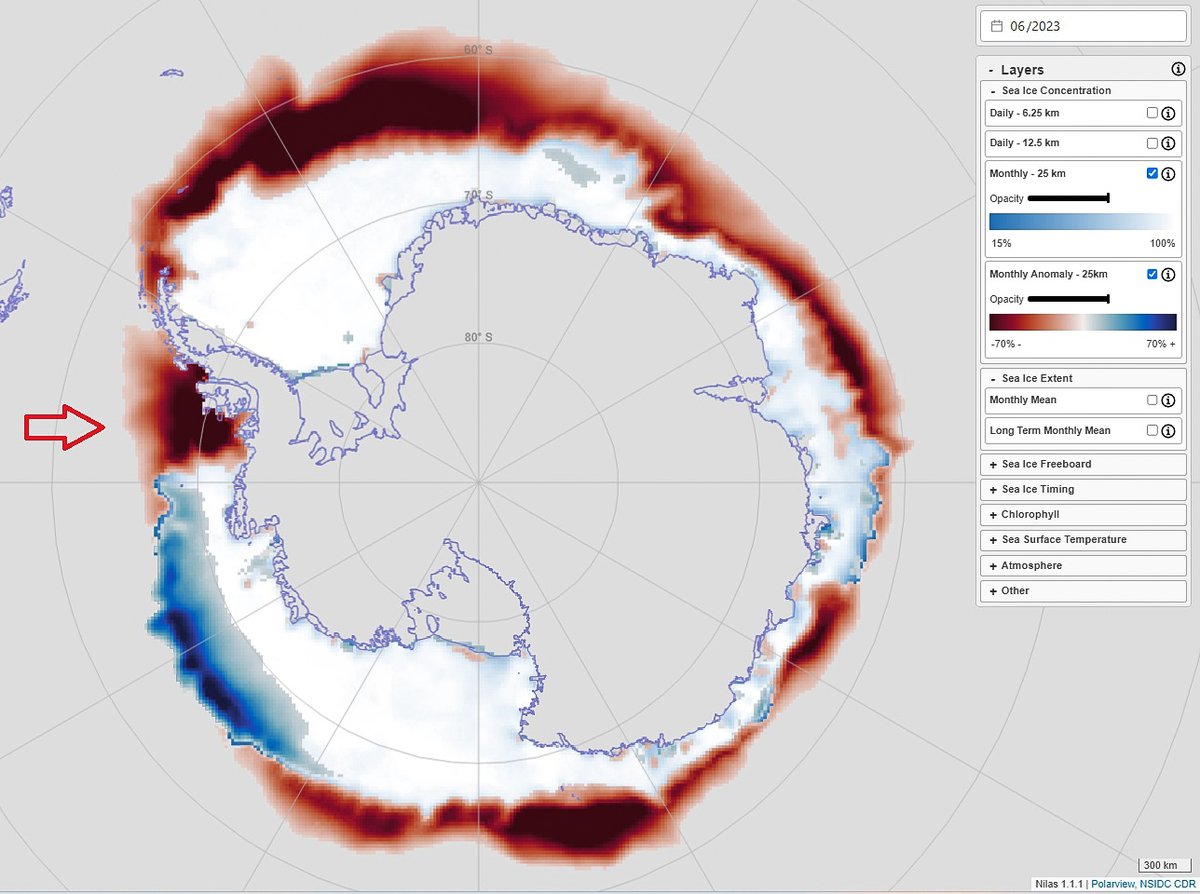🧶 1/9
The massive currents swirling around Antarctica are a crucial driver of the global network of ocean currents that transport heat, carbon, oxygen and nutrients around the world. How will this lifeline change on a warming planet?
[animation: @NASAViz]
The massive currents swirling around Antarctica are a crucial driver of the global network of ocean currents that transport heat, carbon, oxygen and nutrients around the world. How will this lifeline change on a warming planet?
[animation: @NASAViz]
2/9
New research from @CSIRO, @AntarcticSciAus, @ccrc_unsw, @AucklandUni and AAPP shows the deep ocean currents in the Australian Antarctic Basin have slowed by approximately 30% over the past three decades, reducing oxygen levels in the deep ocean.
aappartnership.org.au/antarctic-deep…
New research from @CSIRO, @AntarcticSciAus, @ccrc_unsw, @AucklandUni and AAPP shows the deep ocean currents in the Australian Antarctic Basin have slowed by approximately 30% over the past three decades, reducing oxygen levels in the deep ocean.
aappartnership.org.au/antarctic-deep…
3/9
Seawater freezes ➡️ rejects brine ➡️ dense cold salty oxygen-rich water sinks to form Antarctic Bottom Water (AABW) ➡️ pumps oxygen into the deep sea ➡️ ‘ventilates’ abyss 😲 while only forming in 4 locations, AABW fills the deepest 40% of the global ocean.
[graphic: @WHOI]
Seawater freezes ➡️ rejects brine ➡️ dense cold salty oxygen-rich water sinks to form Antarctic Bottom Water (AABW) ➡️ pumps oxygen into the deep sea ➡️ ‘ventilates’ abyss 😲 while only forming in 4 locations, AABW fills the deepest 40% of the global ocean.
[graphic: @WHOI]

4/9
So if this pump breaks down, the deep ocean stagnates. Melting glaciers make the waters near Antarctica fresher and more buoyant. This reduces the amount of dense, oxygen-rich water that can sink to the deep sea, which slows the deep circulation.
So if this pump breaks down, the deep ocean stagnates. Melting glaciers make the waters near Antarctica fresher and more buoyant. This reduces the amount of dense, oxygen-rich water that can sink to the deep sea, which slows the deep circulation.

5/9
And that’s what’s happening. The study in @NatureClimate today finds freshening, contraction and deoxygenation of AABW in the Australian Antarctic Basin over the last 30 years. This could potentially impact a large fraction of the global abyssal ocean.
doi.org/10.1038/s41558…
And that’s what’s happening. The study in @NatureClimate today finds freshening, contraction and deoxygenation of AABW in the Australian Antarctic Basin over the last 30 years. This could potentially impact a large fraction of the global abyssal ocean.
doi.org/10.1038/s41558…
6/9
Led by Dr Kathy Gunn @CSIRO, the study uses model data and measurements of temperature, salinity, oxygen and velocity made across three bottom water flows, from the early 1990s to late 2010s, using CTDs and moored current meters (similar to this one 🔽 photo: Steve Rintoul)
Led by Dr Kathy Gunn @CSIRO, the study uses model data and measurements of temperature, salinity, oxygen and velocity made across three bottom water flows, from the early 1990s to late 2010s, using CTDs and moored current meters (similar to this one 🔽 photo: Steve Rintoul)

7/9
Another recent study by some of the same authors simulated the future response of the ocean to meltwater input, projecting a slowdown of the Antarctic overturning by 40% by 2050. The new research confirms this change is already underway.
▶️ nature.com/articles/s4158…
Another recent study by some of the same authors simulated the future response of the ocean to meltwater input, projecting a slowdown of the Antarctic overturning by 40% by 2050. The new research confirms this change is already underway.
▶️ nature.com/articles/s4158…

8/9
“If anything, our models are a bit behind where the observations are already tracking.”
– @ProfMattEngland, @UNSWScience
[Video: @Science_Academy]
vimeo.com/810755521/d67e…
“If anything, our models are a bit behind where the observations are already tracking.”
– @ProfMattEngland, @UNSWScience
[Video: @Science_Academy]
vimeo.com/810755521/d67e…
9/9
“We’re used to the idea that melting the Antarctic ice sheet causes sea level rise... this work also shows that impacts of melting glaciers in Antarctica extend all the way to the deep sea, affecting climate and ocean chemistry, as well as sea level.” – Dr Steve Rintoul, AAPP
“We’re used to the idea that melting the Antarctic ice sheet causes sea level rise... this work also shows that impacts of melting glaciers in Antarctica extend all the way to the deep sea, affecting climate and ocean chemistry, as well as sea level.” – Dr Steve Rintoul, AAPP

• • •
Missing some Tweet in this thread? You can try to
force a refresh











